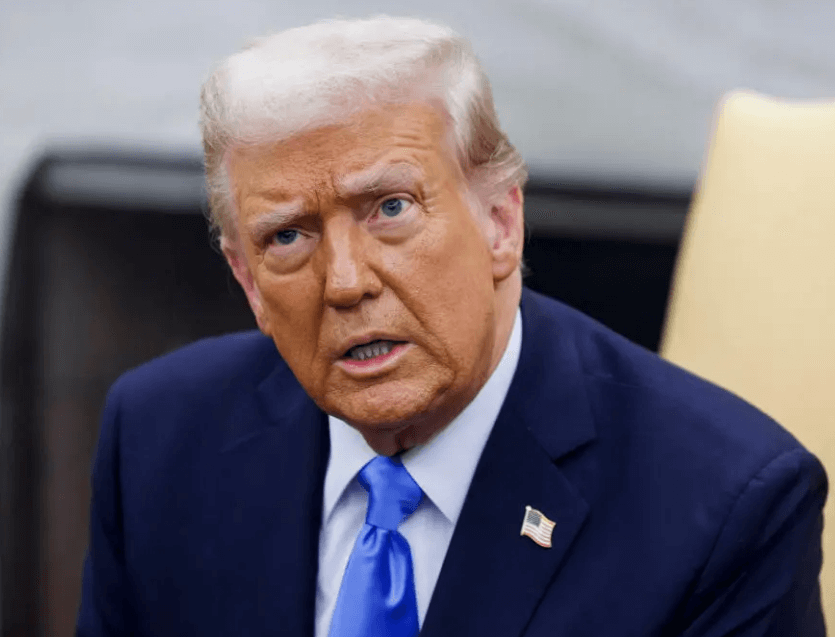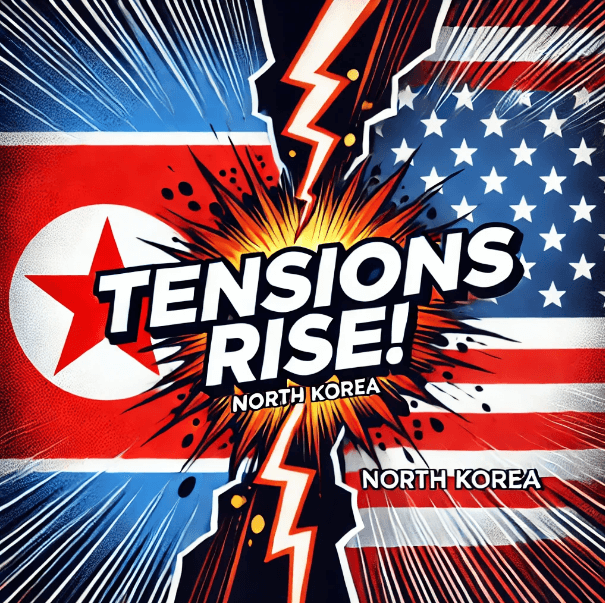President Donald Trump’s long-promised tariffs have now drawn the U.S. into a new global trade war — and the consequences are already creating dire uncertainty at home and abroad.
Just months into his second term, Trump has slapped significant import taxes on goods from America’s three biggest trading partners — Mexico, Canada, and China — and made clear that more tariffs are on the way.
Trump is no newcomer to this strategy. He started a trade war during his first term too, but his ambitions are even greater this time around. Economists are warning that the economic hurt could be greater than before — and that consumers should be prepared to feel the pinch in the way of increased prices.
The unpredictability of Trump’s tariff threats — followed by sudden rollbacks or delays — has created a rollercoaster effect. Markets are jittery, consumer confidence has dropped, and many businesses are left unsure about the future, stalling investments and hiring plans.
Here’s a timeline of how things got to this point:
- Trump’s First Term: The First Trade War
- During his initial term, Trump launched a trade war, most significantly with China. The U.S. and China imposed tariffs on each other, covering hundreds of billions of dollars’ worth of products.
The trade war centered on American allegations that China was engaging in unfair trade practices — from the theft of intellectual property to pressuring U.S. companies to hand over technology in exchange for market access. The goal was to frustrate China’s increasing dominance in high-tech industries from quantum computing to driverless cars.
Trump imposed tariffs on most Chinese imports, and China responded with tariffs on U.S. exports including soybeans, wine, aircraft, and chemicals.
He also placed tariffs on solar panels and washing machines imported. Trump put in place new taxes — 25% on steel and 10% on aluminum — in 2018 on the grounds of national security. He used these tariffs as leverage to negotiate a new North American trade deal, which became the U.S.-Mexico-Canada Agreement (USMCA) in 2020.
Tariffs Under President Biden
When President Joe Biden took office, he kept most of Trump’s tariffs in place but indicated he was taking a more strategic approach.
In 2022, Biden clamped broad restrictions on selling semiconductors and chipmaking equipment to China. Those restrictions were tightened in 2023 and once more in 2024. China responded with export bans on key tech materials like gallium and germanium.
Biden also raised tariffs on Chinese-made electric vehicles, solar panels, metals, and medical devices in mid-2024. Later in 2024, he even placed tariffs on steel and aluminum exported through Mexico in an attempt to stop China from circumventing earlier sanctions.
The 2024 Election and Additional Tariff Rhetoric
With the 2024 election heating up, tariffs became a key flashpoint in the campaigns. Both Biden and Trump tried to show who was more tough on China.
Trump vowed to slap at least a 60% tariff on all imports from China if re-elected. He also proposed a 20% tariff on all imports into the U.S., and even higher levies on specific countries or firms that outsource production.
Biden and Vice President Kamala Harris — who wound up being the Democratic nominee when Biden bowed out — argued Trump’s ideas would backfire. Harris called Trump’s offer a “national sales tax” that would price families thousands of dollars per year. Her campaign estimated that a 20% tariff across-the-board would drive up yearly costs by nearly $4,000 for the average American family.
November 2024: Trump Wins the Election
After his reelection to the presidency in November, Trump doubled down on threats to impose more tariffs as soon as he was inaugurated.
January 20: Trump Inaugurated
Trump pledged on Inauguration Day to “tariff and tax foreign countries to make our people rich.” He also promised to establish a new agency, the External Revenue Service, but it has not yet gotten off the ground.
On the same day, he announced that he would impose 25% tariffs on Mexican and Canadian goods beginning February 1, but provided little information on what was planned for Chinese imports.
January 26: Colombia in the Crosshairs
Trump escalated tensions with Colombia, threatening 25% tariffs on Colombian imports after Colombia refused to accept deportation flights. He accused Colombian President Gustavo Petro of disrespecting U.S. immigration policy. Petro responded with retaliatory tariffs on U.S. goods, but then backed down. The two countries eventually settled the dispute.
February 1: Trump’s Executive Order Hits
Trump imposed an executive order imposing new tariffs — 10% on all Chinese goods and 25% on Mexican and Canadian imports, to take effect Feb. 4. He called a national emergency because of illegal immigration and drug smuggling to provide a rationale for the move. The new tariffs threaten Trump’s own USMCA trade deal.
Mexico, Canada, and China were all infuriated and threatened retaliation.
February 3: Reprieve for Mexico and Canada
Under duress, Trump agreed to a 30-day tariff reprieve for Mexico and Canada after both countries took steps to address his border and drug enforcement issues.
February 4: China Tariffs Take Effect
Despite the relief for North American allies, Trump’s 10% tariffs on all Chinese imports took effect. China immediately responded with its own tariffs and launched an antitrust investigation into Google.
By February 10, China had placed new tariffs on U.S. coal, liquefied natural gas, crude oil, farm equipment, and large-engine vehicles.
February 10: New Tariffs on Steel and Aluminum
Trump announced new increases in steel and aluminum tariffs. He removed existing exemptions and raised aluminum tariffs to 25%, with the changes taking effect March 12.
February 13: “Reciprocal Tariffs” Plan
Trump announced a new policy of “reciprocal tariffs,” wherein the U.S. will mirror whatever tariff rates other nations charge on U.S. exports. Economists cautioned that this would wreak havoc on global trade and upset supply chains across the globe.
Trump suggested that additional nations, such as India and European countries, may see similar tariff increases in the near future.
February 25: Copper Tariff Consideration
Trump directed a review by signing an executive order that directs the Commerce Department to decide whether tariffs on imported copper are necessary to protect national security, as it is used in defense, infrastructure, and technological industries.
March 1: Lumber Up Next
Trump directed a review by signing an executive order that asks the Commerce Department to look into whether imported lumber should be taxed to protect U.S. industries.







Leave a Reply